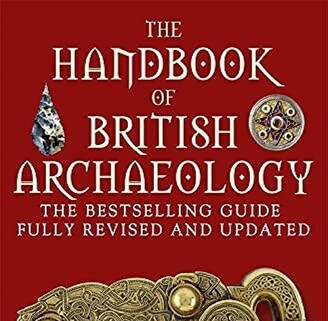A collaborative project has brought to light the lives of a 19th-century community living and working in Fewston, North Yorkshire. Among their number were many children who were indentured to work in the nearby mills, and whose lives may have ultimately been cut short by this labour. Kathryn Krakowka talked with Rebecca Gowland to learn more.
…
While there exist many historical records documenting this phenomenon, there remains comparatively little archaeological evidence from this period, and the exact physical impact that this labour had on children is largely unknown. Recently, however, a collaborative, community-led project between the Universities of Durham and York and volunteers from the Washburn Heritage Centre in Fewston, a small village near Harrogate in North Yorkshire, was able to shed new light on these rural pauper apprentices, highlighting just now nasty, brutish, and short their lives likely were (see CA 400).
Between 2009 and 2010, part of the churchyard of St Michael and St Lawrence in Fewston was excavated by John Buglass Archaeological Services in advance of constructing the heritage centre at the side of the church. While the graveyard was in use from the 14th century until its closure in 1896, the 300m2 section that was excavated revealed 154 graves mostly dating to the later part of its lifespan, as attested by the 19th-century dates found on some of the associated coffin plates and headstones.
This work provided the rare opportunity to learn more about a small rural area at this time, since, previously, most post-medieval cemeteries have been excavated from urban settings and predominantly from the south of the country. The discovery was particularly exciting given that the names of 22 of the individuals were known from the above-mentioned coffin plates and headstones, allowing researchers to trace the ancestry of some of the burials.


